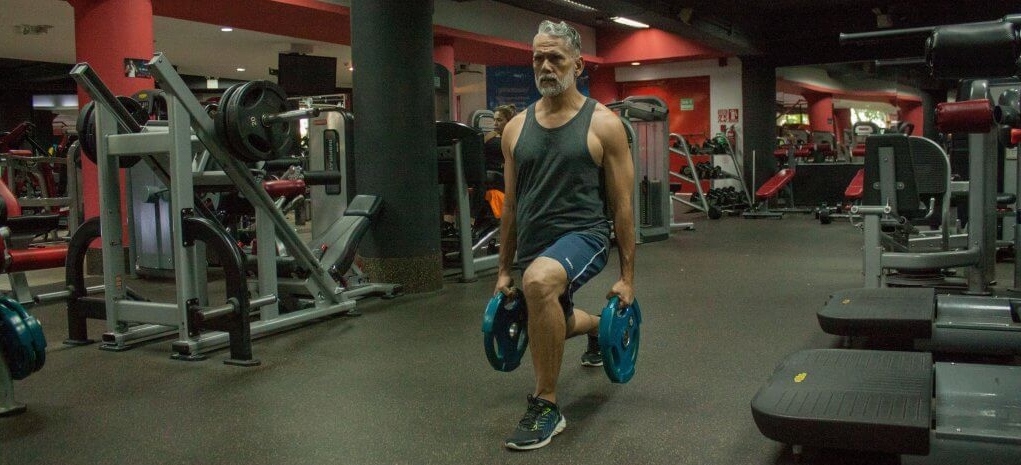

Nicole Lark, Breathe Fitness
Advancing age is associated with decreases in muscular strength, muscular power, muscular endurance, muscle mass, resting metabolic rate and overall physical function. Consequently, the effects of aging can result in older adults (i.e. 65 years +) having a greater risk of injury due to falls, loss of independence, and a reduction in their overall quality of life. And now for the good news: Regardless of age, the body’s musculoskeletal system has the ability to positively adapt to resistance training. With an appropriate resistance training program, older adults can see significant improvements in muscular strength, muscular power, muscle mass, and bone mineral density.
A properly designed resistance training program has been shown to improve mobility, performance in activities of daily living (ADL), assist in preserving independence, reduce the risk of injuries and falls, and improve the psychosocial well-being of older adults (Fragala et al., 2019).
So, what does a ‘properly designed resistance training program for older adults’ look like? How much is enough? How often should someone hit the weights? How heavy should they lift?
Find how the answers to these questions…..Read the rest of Nicole’s blog at Breathe’s website here!




